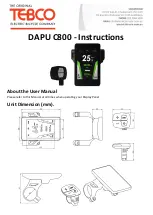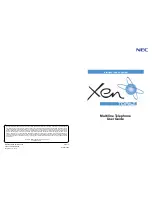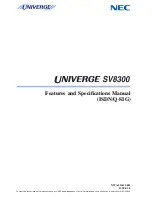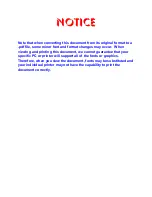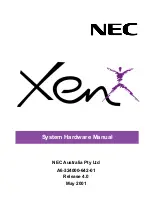
E1 Card Mode
Figure 18 shows the parameters on the E1 tab in the E1 card mode. The E1 parameters include,
Clock
,
Signaling
,
Line Coding
and
PCM Encoding
options. They are configured on this screen by
clicking on the corresponding radio button. The
Line Build-out
defaults to 0-133 ft (0 dB level) but
can be changed for different distances or dB loss expected on the line.
Figure 18 E1 Parameters
The TSP is capable of supporting up to 56 channels depending on configuration. In the case
where two E1’s are configured for the Unit, the last 4 channels of the second E1 will not support
messages or call progress tones and may only be used in Call Originate and Call Terminate
control sets. Also, if a Dual E1 and a POTS module are used, the last 8 (for 4 Channel POTS) or
12 (for 8 Channel POTS) will be unavailable on the second E1.
Clock
The
Clock
needs to be set to where one end is providing timing (normally the PSTN) while the
other end is deriving clock from it (usually the CPE). The
Internal
clock setting is used when the
TSP acts as the PSTN and provides the clocking to the equipment under test.
External
Clock is
used when the TSP acts as the CPE and clocks from the equipment under test (i.e., if the TSP is
set for Internal clock, the equipment under test should be set for External clock, and vice versa).
Note:
If using only one port on a Dual T1/E1 that is configured for External Clock, port 2 must be used
and will derive its clock from the equipment under test. If using both ports, the device connected
to Port 1 must use the same clocking reference as the device connected to port 2.
Signaling
With
Signaling
, both ends need to match, otherwise synchronization will not be achieved. CAS is
considered a more common format for voice traffic while FAS is used for data traffic. The CRC-4
option is used for error detection. The TSP does not report CRC-4 information.
Programming the TSP
40-400-00049, Rev. J
Page 23































